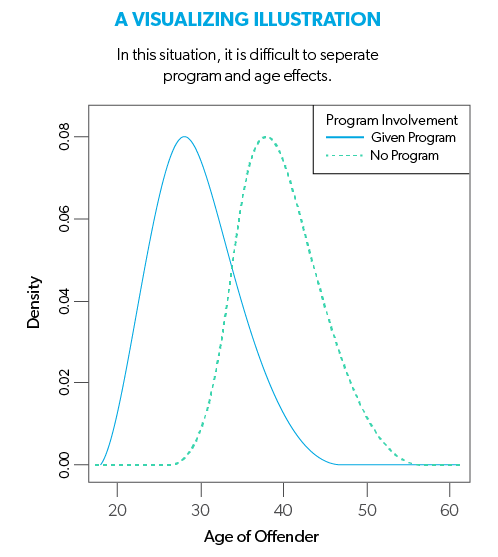The Resultant Data Analytics team leveraged cross-agency data from the State to help tackle the issue of recidivism in a new and innovative way.
Data Discovery and Analysis
Resultant aggregated data from disparate systems including the courts, criminal justice institute, and the offender management system. The team worked alongside the State’s subject matter experts to analyze the data and understand the insights by applying a generalizable, proprietary algorithm suite, deemed the “Criminal Risk Indicator” tool to highlight relevant information and eliminate less actionable factors. With a full understanding of the data, the team was able to evaluate program effectiveness in reducing recidivism.
Effective vs. Ineffective Questions
When attempting to reduce recidivism, it is important to start by asking the right
questions. The team refrained from focusing on questions that were simplistic, drew their own conclusions, or allowed external factors to influence answers. Instead, questions were tailored to specific offenders.
Ineffective Questions
- Which programs are effective?
- Which facility rehabilitates offenders best?
Effective Questions
- How can we best rehabilitate this offender?
- If this program is applied at this time to this offender, how much of a decrease in his/her probability of recidivism can we expect?
- How can we best reduce recidivism for the offender population by spending $XX?
Program Participation Optimization
The State was interested in identifying specific programs that were effective in reducing recidivism. Of the programs evaluated, the team was able to identify not only which programs were effective, but for which offender a program would be most effective, given the individual’s unique characteristics, background, and criminal history.
Upon determining the optimal program for each offender, the team analyzed the marginal impact of completing a secondary program.
Through the development of this tool, case managers can supplement existing practices to identify optimal programming for specific offenders, based on their characteristics such as age or offense. The tool will better inform case managers on what combination of programs are most effective and provide the greatest likelihood of rehabilitative success.



